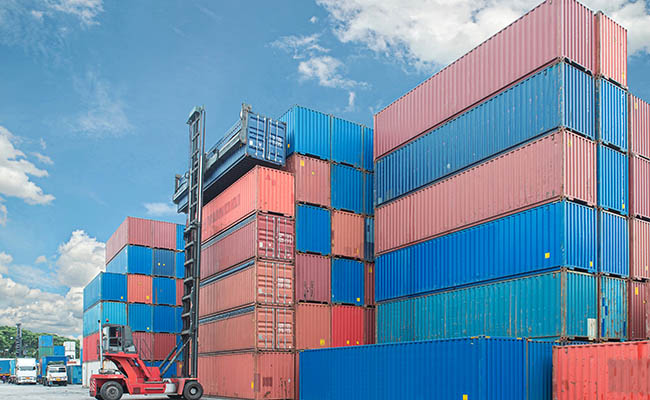
'FTAs have caused more imports than exports'
 FTA, Exports, FTA Impact on Exports, Economic Survey 2016, India-ASEAN Trade, India-ASEAN FTA, TPP Impacts in India
FTA, Exports, FTA Impact on Exports, Economic Survey 2016, India-ASEAN Trade, India-ASEAN FTA, TPP Impacts in IndiaFebruary 25, 2016 | 04:00pm IST

 FTA, Exports, FTA Impact on Exports, Economic Survey 2016, India-ASEAN Trade, India-ASEAN FTA, TPP Impacts in India
FTA, Exports, FTA Impact on Exports, Economic Survey 2016, India-ASEAN Trade, India-ASEAN FTA, TPP Impacts in IndiaFebruary 25, 2016 | 04:00pm IST